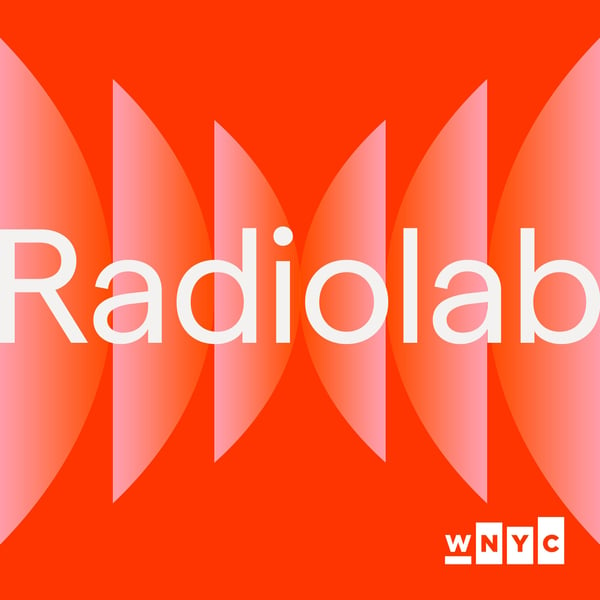The Distance of the Moon
Radiolab
WNYC Studios
4.6 • 43.5K Ratings
🗓️ 12 April 2024
⏱️ 41 minutes
🧾️ Download transcript
Summary
Transcript
Click on a timestamp to play from that location
| 0:00.0 | Hello, this is Radio Lab. I'm Lulu Miller. And even though the solar eclipse is a couple |
| 0:06.2 | weeks in our wake, as is our big show all about the moon, it turns out we're not quite done waxing poetic about the moon. It turns out we're not quite done waxing poetic about the moon. We've got |
| 0:15.8 | we've got one more little piece we'd love to play for you. It comes from the |
| 0:20.5 | archives and it is truly one of the most delicious imaginative looks at the |
| 0:27.5 | moon I've ever heard. |
| 0:30.0 | This version of the story comes from a night of live storytelling hosted by |
| 0:33.7 | Jad and Robert for the program Selected Shorts, which is a lovely series that's been |
| 0:39.2 | around for a long time that basically gets fancy actors to read really good short stories. |
| 0:45.6 | It's a lot of fun and so yeah I'm gonna just zap you over to New York City, to the symphony space where Jad and Robert are just taking the stage. |
| 0:59.2 | Yeah, wait, you're, wait, you're, okay? |
| 1:01.6 | Okay. Okay. You're listening to radio lab. From you're listening to Radio Lab. |
| 1:07.0 | From WNYC, |
| 1:12.0 | WNYC.NyS.C.C. |
| 1:13.0 | Rewind. |
| 1:19.0 | There is a theory about 25 years old now that explains how the Earth got a moon and it goes like this. |
| 1:27.0 | So about four and a half billion years ago, the Earth was fresh new planet planet was going around the sun and the solar system |
| 1:35.2 | was it having a sort of a fiery sort of chaotic period and then into the mix a very large |
| 1:41.0 | planetoid about the size of Mars kind of went rogue and began bopping around |
| 1:46.1 | and there was a pit-on collision between the Earth and this planet. |
| 1:50.8 | And the two went... and the incoming one melted much of the earth. |
| 1:56.4 | The earth became sort of vaporous and everything on the earth just went to gas and sort of |
| 2:00.9 | flew up. |
... |
Please login to see the full transcript.
Disclaimer: The podcast and artwork embedded on this page are from WNYC Studios, and are the property of its owner and not affiliated with or endorsed by Tapesearch.
Generated transcripts are the property of WNYC Studios and are distributed freely under the Fair Use doctrine. Transcripts generated by Tapesearch are not guaranteed to be accurate.
Copyright © Tapesearch 2025.

